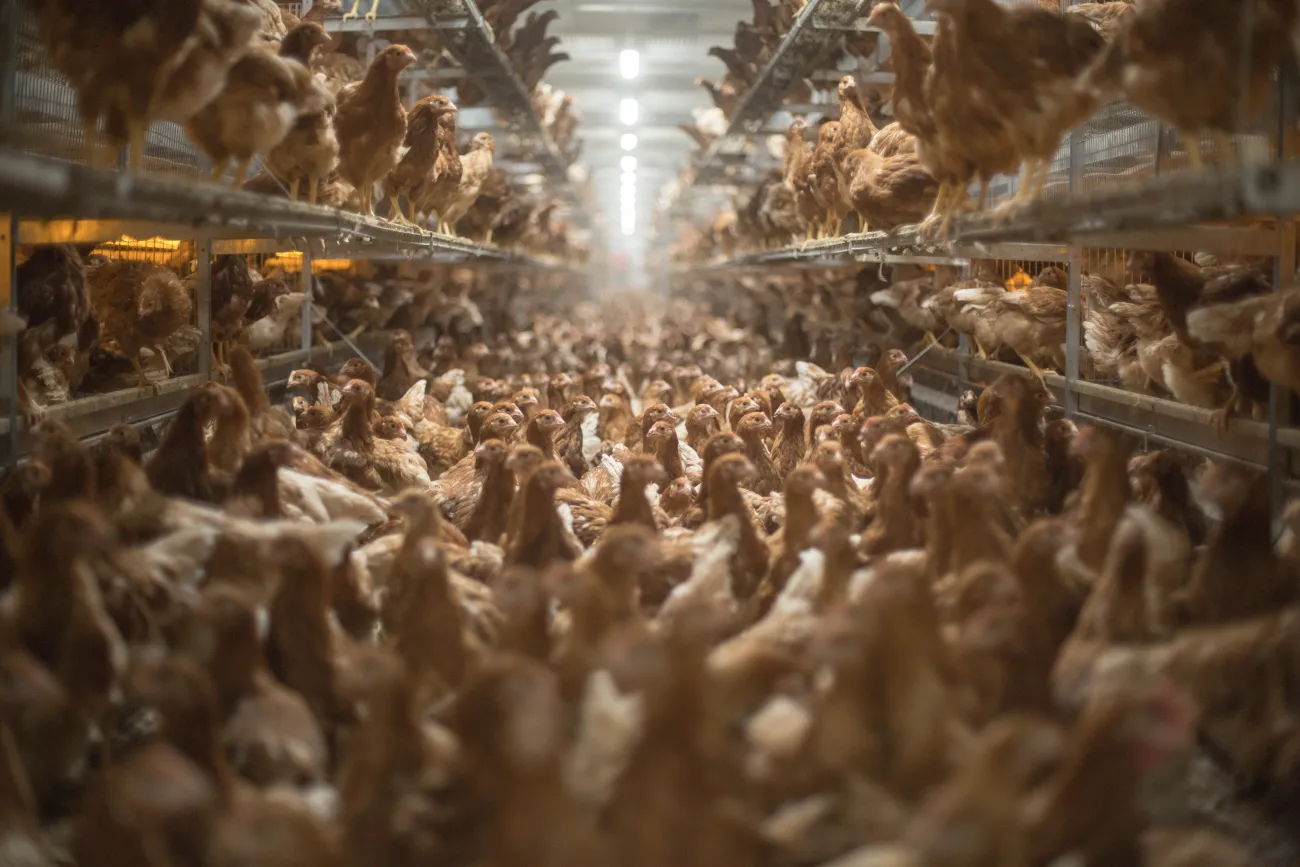Yet another paper adding to the growing body of evidence that productionist approaches to addressing food security challenges are unlikely to be sufficient (at least not without unacceptable environmental cost). Shifts towards more plant based diets and measures to address food waste are also needed.

Citation: Ray DK, Mueller ND, West PC, Foley JA (2013) Yield Trends Are Insufficient to Double Global Crop Production by 2050. PLoS ONE 8(6): e66428. doi:10.1371/journal.pone.0066428
Abstract: Several studies have shown that global crop production needs to double by 2050 to meet the projected demands from rising population, diet shifts, and increasing biofuels consumption. Boosting crop yields to meet these rising demands, rather than clearing more land for agriculture has been highlighted as a preferred solution to meet this goal. However, we first need to understand how crop yields are changing globally, and whether we are on track to double production by 2050. Using ~2.5 million agricultural statistics, collected for ~13,500 political units across the world, we track four key global crops—maize, rice, wheat, and soybean—that currently produce nearly two-thirds of global agricultural calories. We find that yields in these top four crops are increasing at 1.6%, 1.0%, 0.9%, and 1.3% per year, non-compounding rates, respectively, which is less than the 2.4% per year rate required to double global production by 2050. At these rates global production in these crops would increase by ~67%, ~42%, ~38%, and ~55%, respectively, which is far below what is needed to meet projected demands in 2050. We present detailed maps to identify where rates must be increased to boost crop production and meet rising demands.
The paper concludes with the following: Clearly, the world faces a looming and growing agricultural crisis. Yields are not improving fast enough to keep up with projected demands in 2050. However, opportunities do exist to increase production through more efficient use of current arable lands and increasing yield growth rates by spreading best management practices and closing yield gaps under different management regimes across the globe. A portion of the production shortfall could also be met by expanding croplands, but at a high environmental cost to biodiversity and carbon emissions. Alternatively, additional strategies, particularly changing to more plant-based diets and reducing food waste can reduce the large expected demand growth in food.
The paper is available open access here.
For other papers by Jonathan Foley, who has done a lot of work in this area see here.




Comments (0)